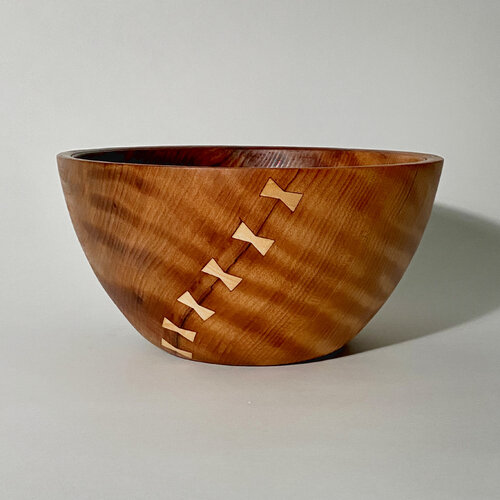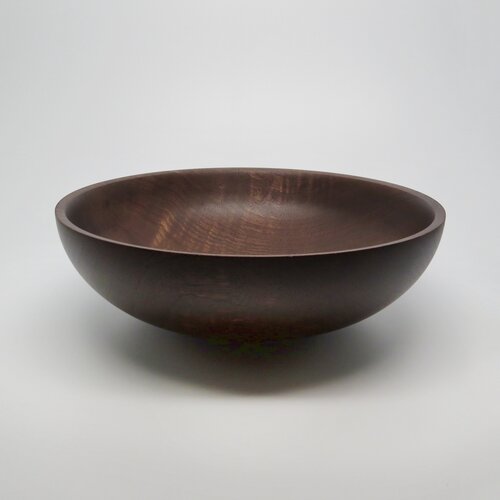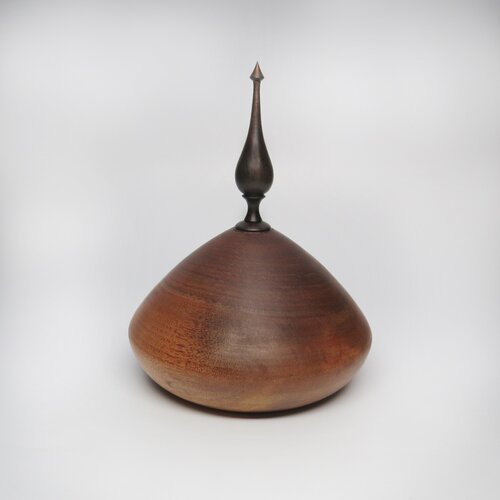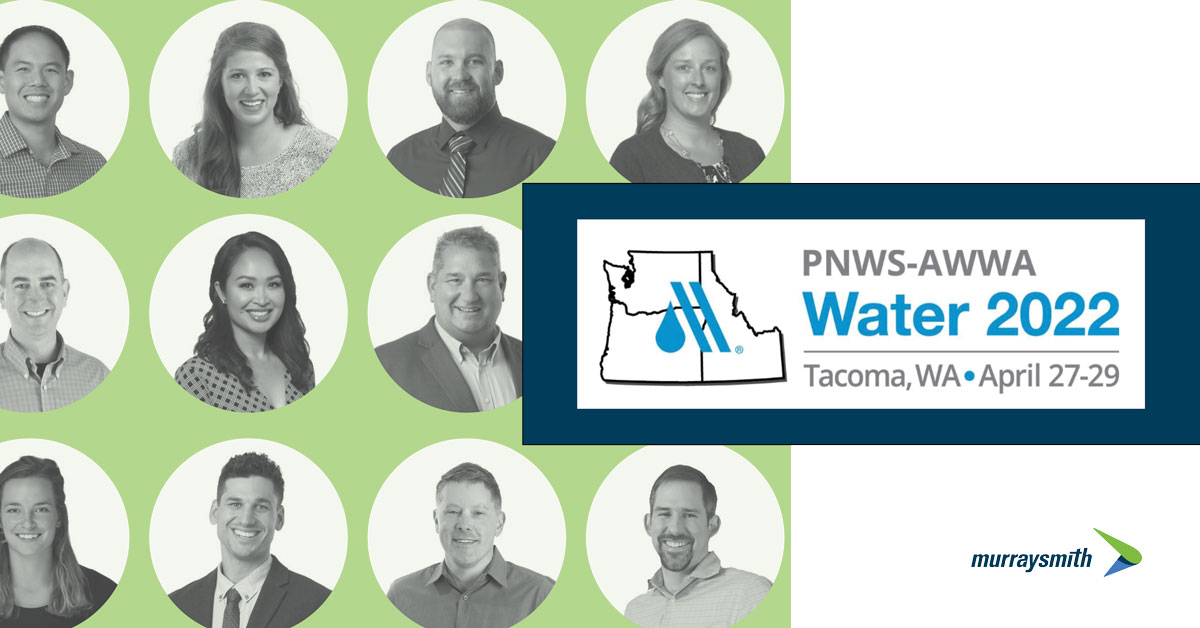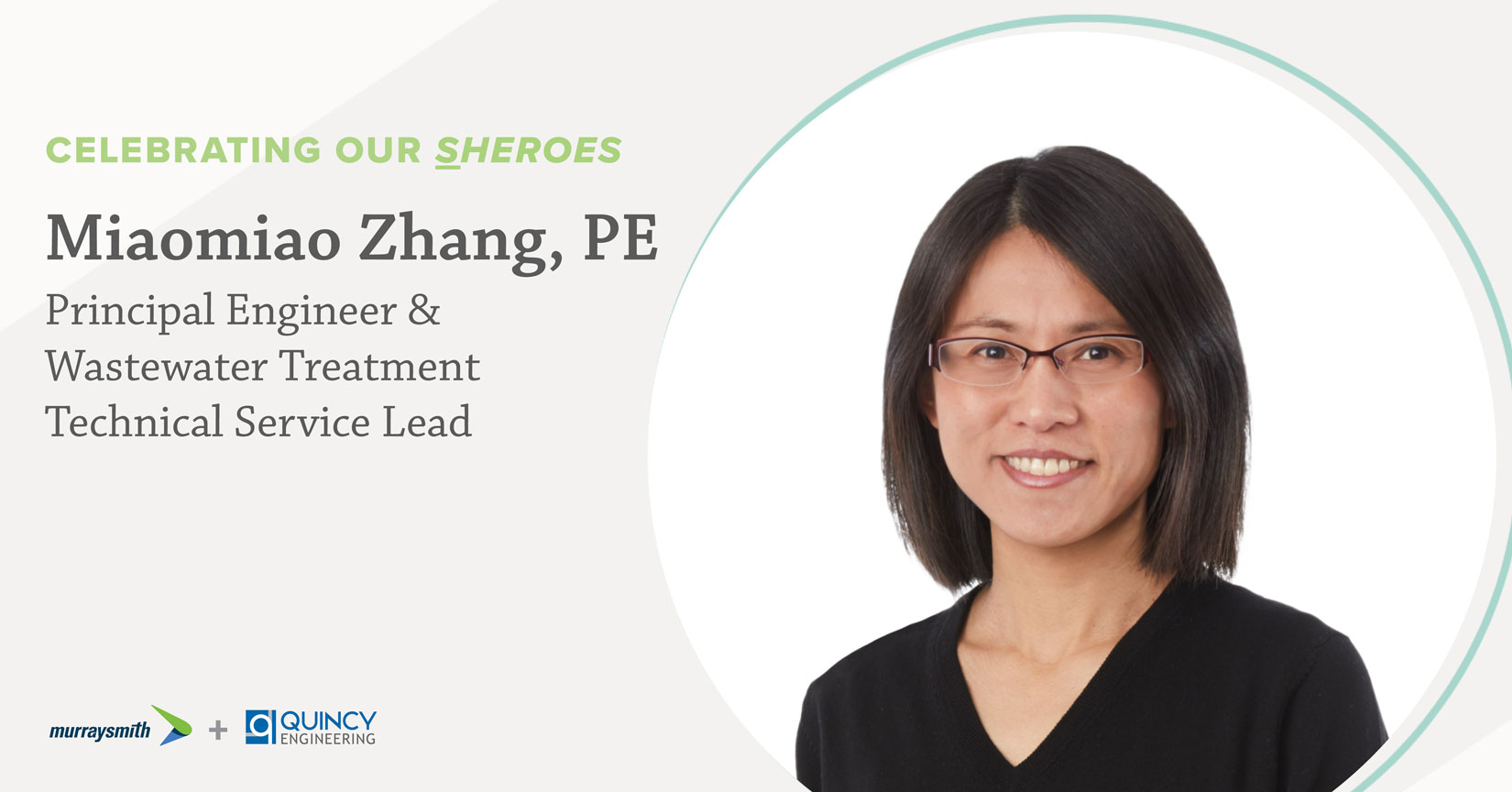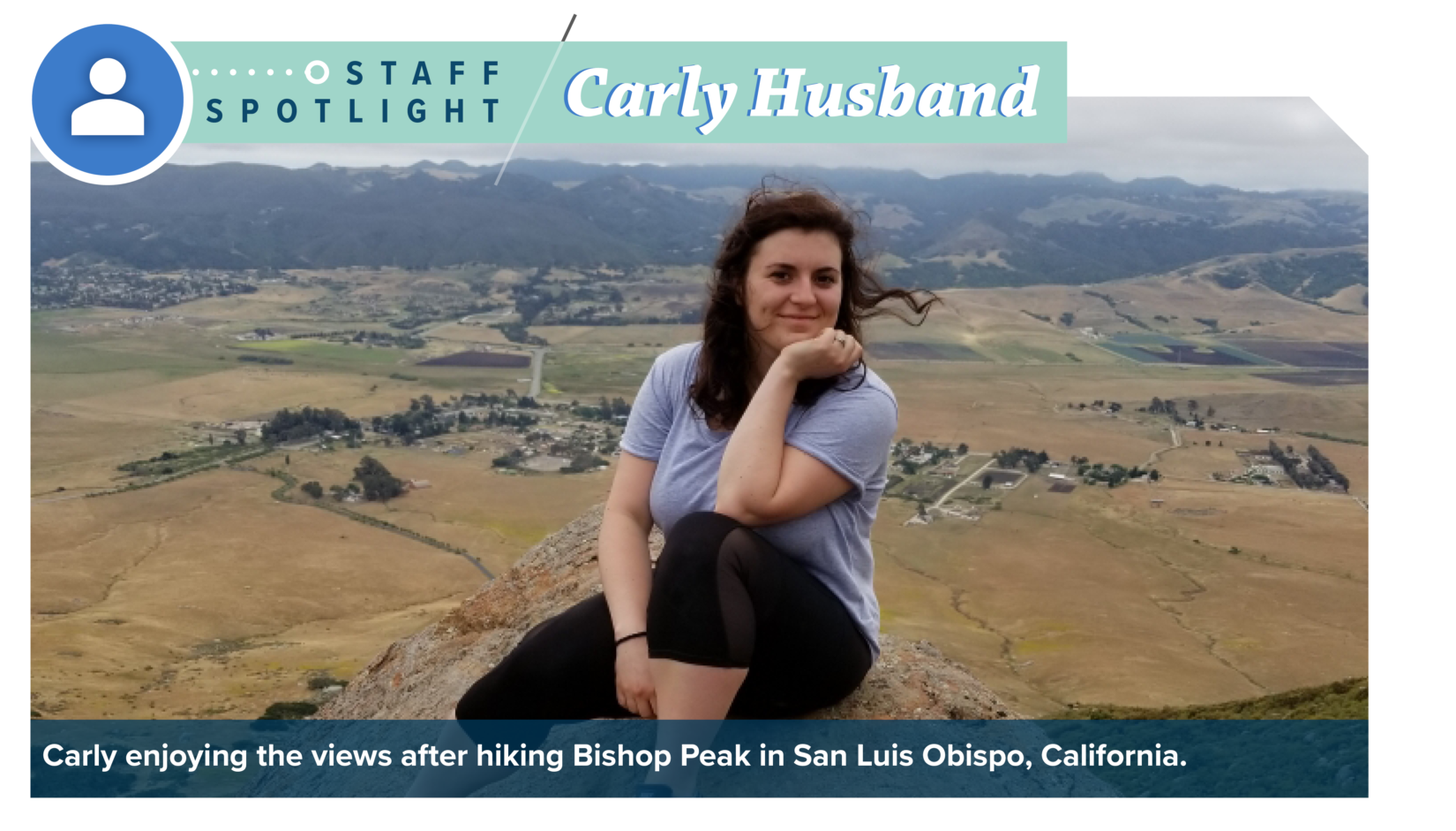At this year's Pacific Northwest Section-American Water Works Association Conference—the Northwest's largest conference and trade…
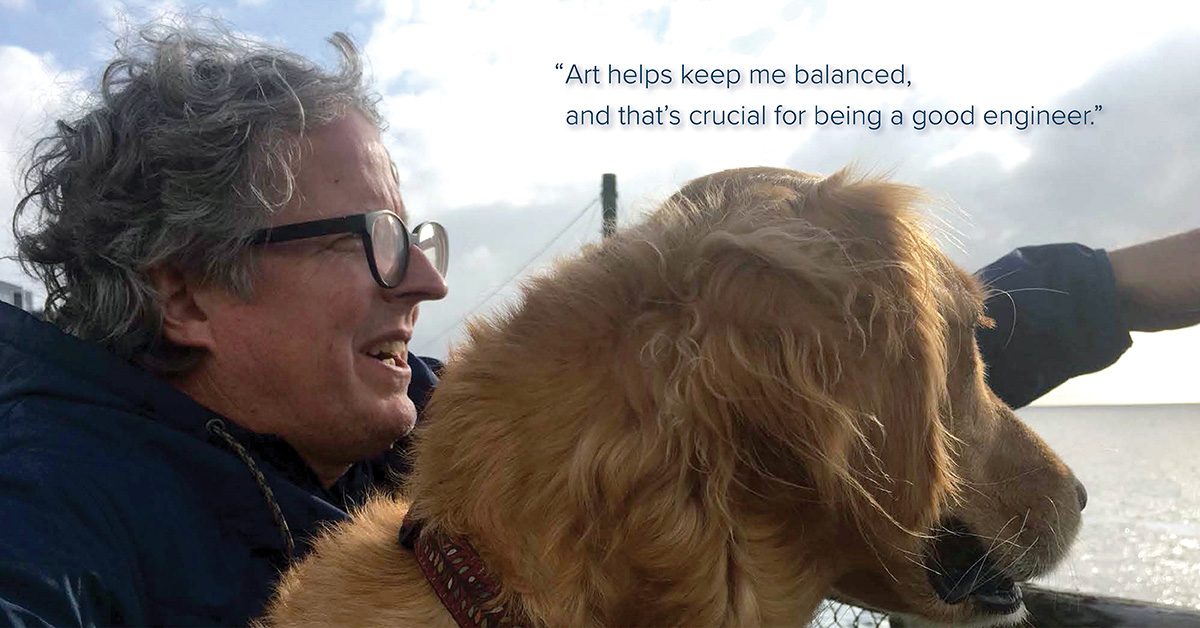
Artist-meets-engineer Jeff Fuchs Pursues Passions at Murraysmith + Quincy
If you ask Jeff Fuchs what he does, you might be surprised to hear a two-part answer. By day he’s finding engineering solutions for diverse projects, but by night (and weekend) he’s painting abstract imagery conveying his mood and turning wood into gracefully shaped bowls. For Jeff, his artistic and engineering passions go hand-in-hand, allowing him to use different sides of his brain to find that sought-after balance.
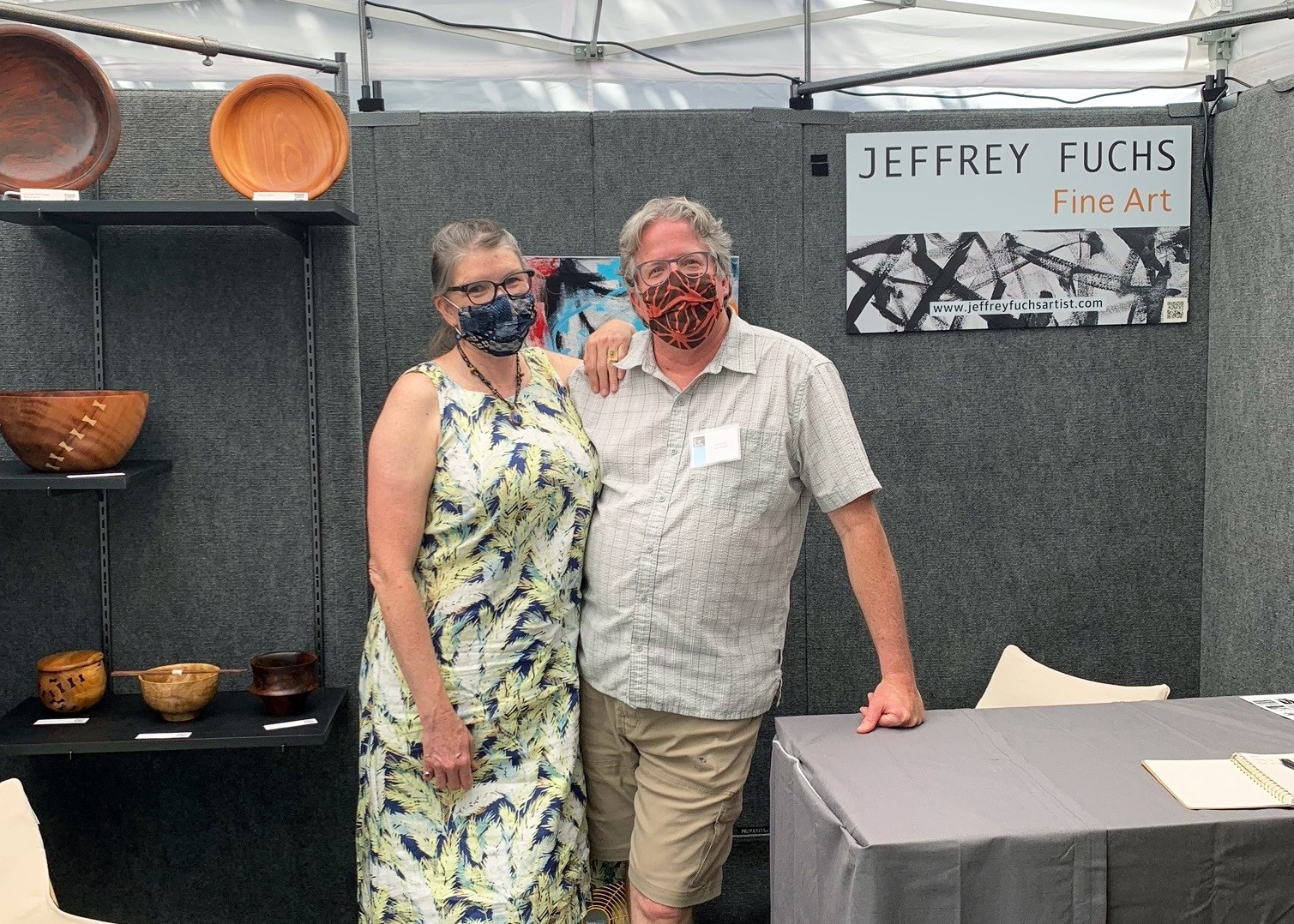
Throughout Jeff’s 30-year engineering career, spent mostly in Oregon, he has shifted back and forth from the public to the consulting side. Always eager to learn new things, he’s pursued a range of projects, bringing experience to Murraysmith + Quincy that touches all our disciplines (water distribution/supply, wastewater conveyance, pump stations, stormwater, roadway, ADA, etc.).
Since 1999, Murraysmith has served as trusted advisor to the City of Tualatin, Oregon, where Jeff got to know us while serving as City Engineer and Public Works Director. Jeff joining the team and continuing to be available for Tualatin staff was a natural step that allows him to have the best of both worlds—more time for his artistic pursuits outside the office while also making good use of his deep engineering knowledge and local connections.
A Principal Engineer based out of our Portland office, Jeff will focus on building strong client relationships. He will use his background on both sides of the client-consultant partnership, knack for communication, and diverse engineering experience to help our clients identify and remedy infrastructure issues. Here’s what Jeff has to say about how he got to where he is today and what drives him:
What started you down the path of civil engineering?
I grew up building things. I was always tinkering with cars and fixing irrigation systems. I also happened to be good at math. In college, I started out in agricultural engineering and took some side steps into philosophy, art, and design, but eventually landed in civil engineering.
What has influenced your career trajectory?
I love to learn. The more I can learn about different topics, especially from a diverse group of people, the better. For me a fun part of engineering is all the stuff up front, like writing proposals and building relationships with clients. I also love to write, putting my thoughts on paper and making sure the most critical information is at the forefront and clear. I know, based on experience, that shifting language to be less technical and more casual helps make engineering concepts more accessible to City Councils and the public, which is so valuable to keep people throughout our communities engaged with these important infrastructure matters.
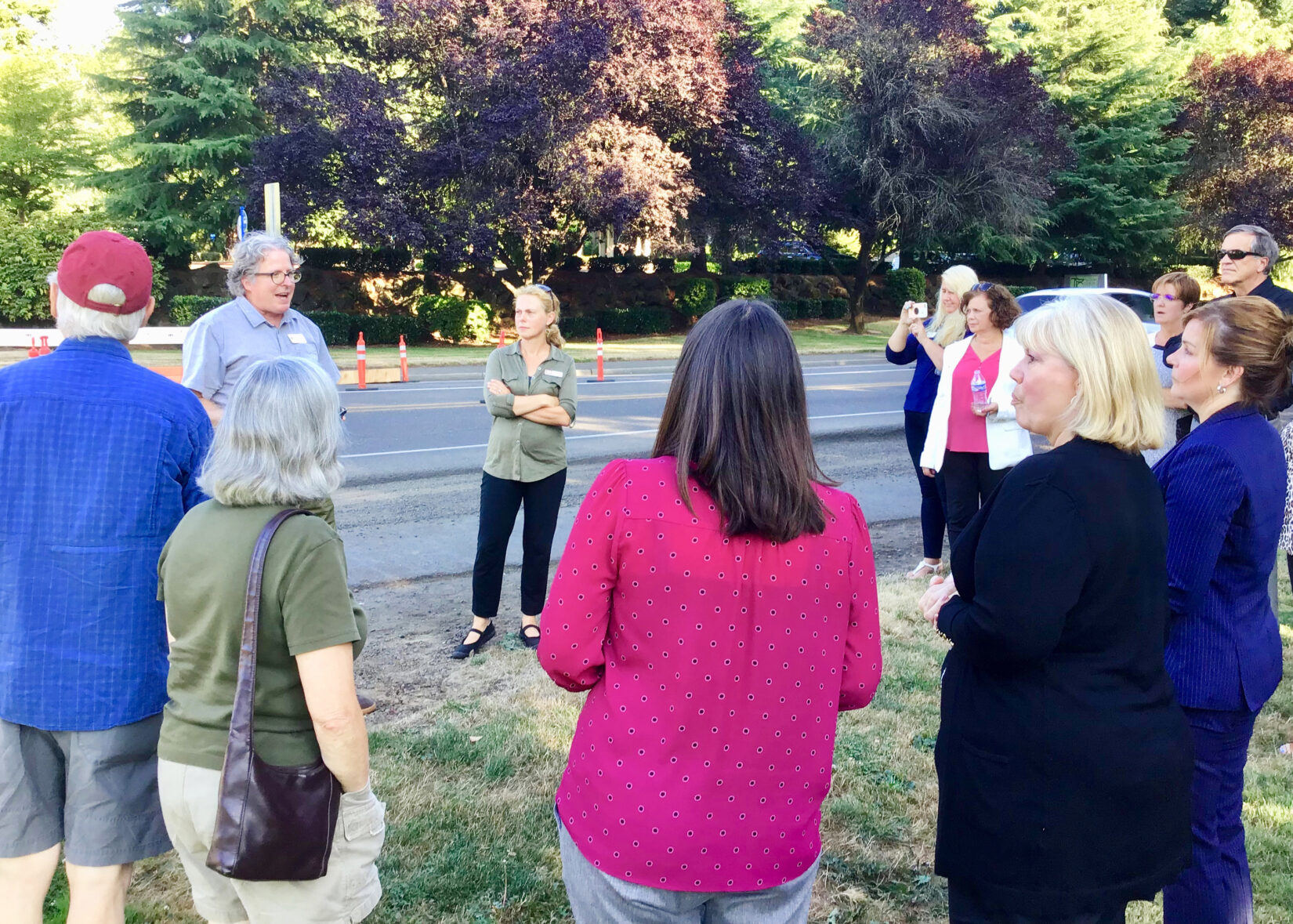
As someone who has worked on both the public and private side of the civil engineering industry, how has that influenced the way you approach working with public agencies?
In my career, I’ve moved back and forth between the public sector and consulting before landing at Murraysmith + Quincy.
Like all of us, people who work on the public side are super busy—they wear a ton of hats and must be responsive to their constituents. They’re looking for a consultant team to be helpful and increase their ability to get work done. They are looking for a trusted advisor. Through my career, my motto has been to give bad news early. Inevitably there will be issues that arise with projects, and hearing bad news as soon as possible allows everyone to plan accordingly. Mistakes happen. How you fix them is what the client remembers. I’m also very relational, not very transactional, and find that many public agencies want the long-term relationship. It is super important to take your engineering hat off and really listen to clients instead of immediately looking for solutions.
What are some of the lessons learned you have taken from your long history of successful program and project management?
Build a diverse team and empower non-experts to have a voice. Someone who doesn’t have the technical knowledge can ask great questions others may not ask. It’s also crucial to hire smart people and let them do their job, fostering a diverse collaborative team where everyone feels empowered to participate.
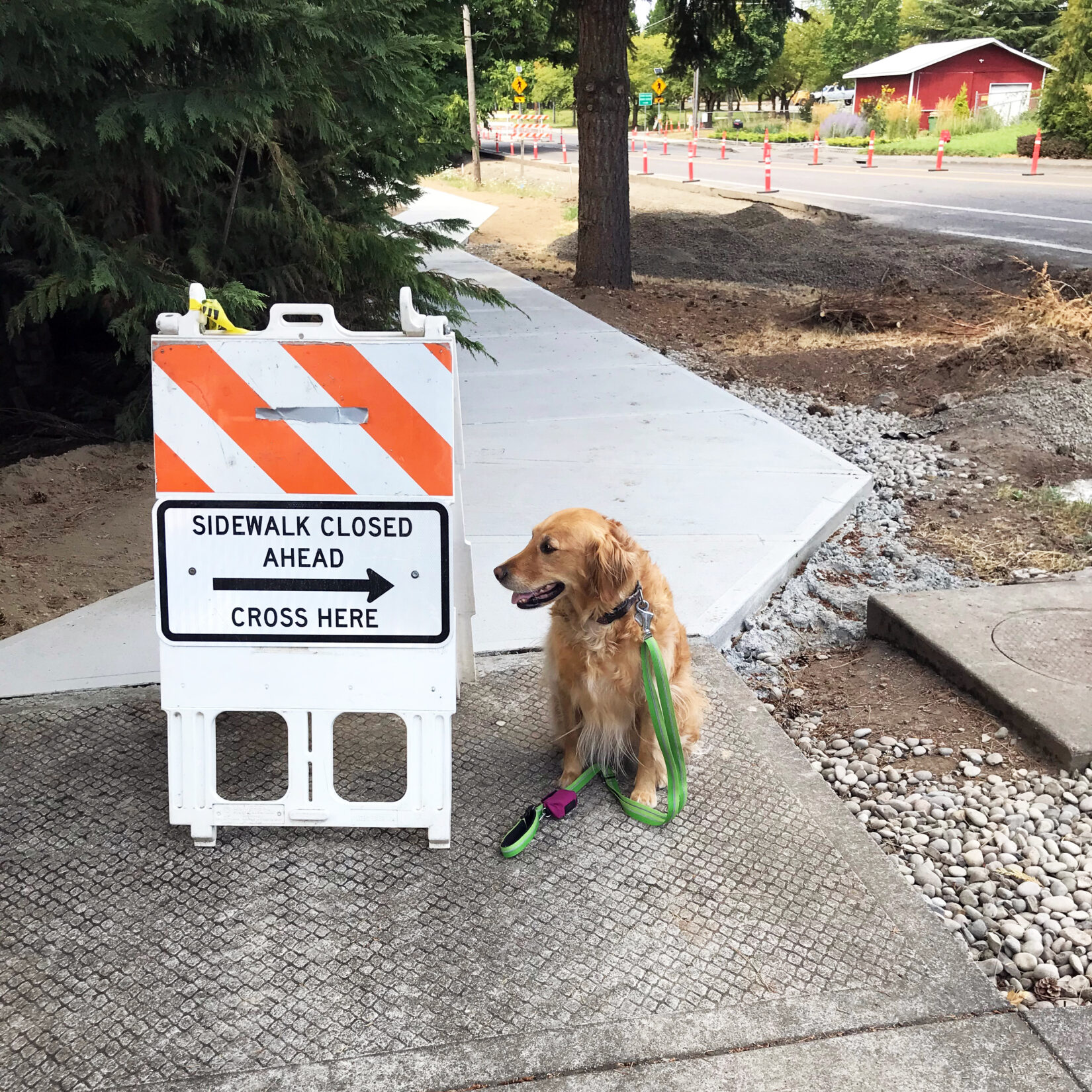
What about Murraysmith + Quincy interested you?
Murraysmith + Quincy’s huge variety of projects was appealing to me. And this team has done work in almost every town across Oregon—the company is seen as a trusted advisor. Working for a team everyone knows and trusts is awesome.
What about your work keeps you motivated?
Relationships with coworkers, clients, and the public are huge for me. With civil engineering, our job is helping people. I’m proud that I get to help solve problems and build communities.
As a professional artist, can you describe what drives your artistic passions? Does your art inform your engineering work or vice versa?
Engineering uses one side of the brain; art uses the other. When I’m painting or doing wood turning, everything slips away, and I’m in that moment. I’m an abstract painter, so I don’t paint anything representational. My art is all about conveying the emotions I’m feeling when I look at a scene. And wood turning is similar because I have a plan going in, but I let the wood inform what it wants to become. Art helps keep me balanced, and that’s crucial for being a good engineer.
I love the maker lifestyle because it helps me look at the world differently. A couple years ago, I looked at this retaining wall on my property made of chunks of rotting cherry wood and thought, “I could do something with that.” I repurposed the wood into this bowl that I displayed at the Salem Art Festival. This guy walked into my booth and immediately fell in love with it because of the gnarled, unique shape. He hugged it and immediately bought it. I love when I can connect with someone through something that I made.
Check out Jeff’s art below and on his website!
What excites you about the future of our industry?
I think a lot of what the Barney & Worth team, which joined forces with Murraysmith + Quincy in December 2020, does is awesome. It’s great to be able to help public agencies message their communities about the value the city is providing and have the public vote on a funding source. Barney & Worth did that for the City of Tualatin while I was Public Works Director, helping get the City’s Transportation Bond Program approved by voters. When you effectively communicate the value of something and how it makes the community better, the public is often willing to support and help fund it. There’s a ton of opportunity in this industry to help communities figure out how they are going to build projects. At the grass-roots level, we can help communities get things done.
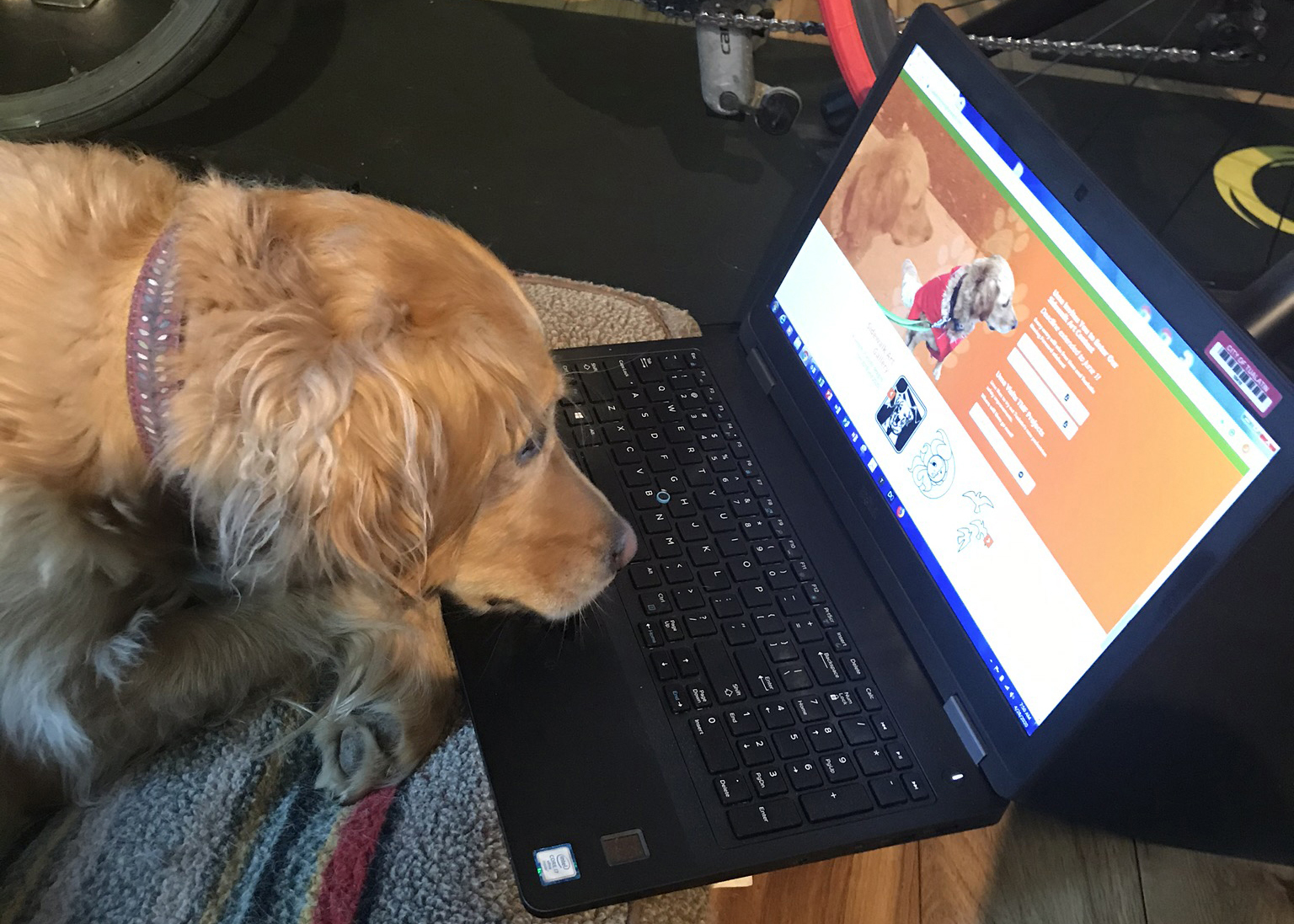
As you enter this new phase of your career with Murraysmith + Quincy, what are your personal and professional goals for the future?
I want to keep doing what I’m doing—providing value, building relationships, supporting clients who need our help, all while making time for my art.



